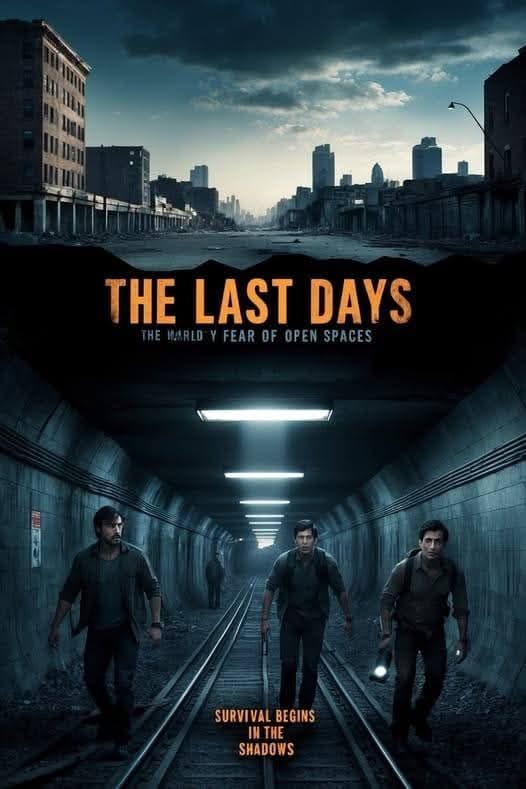The Last Days (2013)

(Los Últimos Días) is a gripping and claustrophobic post-apocalyptic thriller set in a world gripped by a unique pandemic that forces a complete societal collapse. Directed by the Pastor brothers, David and Àlex, this Spanish film provides a fresh take on the typical post-apocalyptic genre, offering an intense psychological journey through the breakdown of civilization.
Plot Overview
In this dystopian world, “The Panic” is a mysterious pandemic that causes agoraphobia on a global scale—humans are paralyzed by the terrifying thought of stepping outside. Anyone who dares venture into the open air is immediately struck down. Society, as we know it, disintegrates as people remain holed up in their homes, too fearful to face the outside world.
The story centers on Marc (Quim Gutiérrez), a computer programmer trapped in his office building as the world around him spirals into chaos. In the midst of the crisis, Marc’s girlfriend, Julia (Marta Etura), is stranded elsewhere in the city, and he is desperate to reunite with her. To achieve this, he joins forces with his colleague, Enrique (José Coronado), and the two begin a harrowing journey through the underground tunnels and abandoned spaces of Barcelona. Their mission is to traverse the dark, claustrophobic corridors of the city, which are rife with danger not only from the unpredictable environment but also from other desperate survivors.
Themes and Atmosphere
- Fear and Survival: The film delves deep into human nature, exploring how fear, in the form of a crippling, irrational panic, can destroy society. The inability to go outside turns the entire world into a prison, and survival is only possible if they can navigate this new world that is both physically and psychologically alienating.
- Isolation and Hope: Marc’s journey is not just a quest to find Julia but also a search for hope in an otherwise hopeless world. The claustrophobic environment amplifies the feeling of isolation, and the tension between wanting to escape and the fear of the outside world is palpable.
- Urban Decay: The abandoned, decaying city of Barcelona becomes a character in its own right. The subway stations, sewers, and buildings serve as both physical and emotional landscapes where danger lurks in every corner, amplifying the sense of entrapment and despair.
Critical Reception
The Last Days received praise for its unique premise and tense atmosphere. While the plot itself is straightforward, the execution of the psychological horror element and the exploration of how society might crumble under the weight of an overwhelming and irrational fear stands out as one of the film’s strongest elements.
The film is often described as a tense and thought-provoking commentary on the fragility of human civilization and the psychological impacts of living in constant fear. Its visual style complements the dire atmosphere, with the underground, decaying settings creating a haunting and oppressive mood throughout the film.
Visuals and Direction
The Pastor brothers make expert use of confined spaces, claustrophobic tunnels, and dark environments to heighten the sense of urgency and despair. The cinematography focuses on the small, suffocating moments that create tension, drawing the audience deeper into Marc’s struggle to survive while searching for his loved one.
Would you like me to explore more about the film’s themes, or perhaps its reception or influence on the post-apocalyptic genre?











